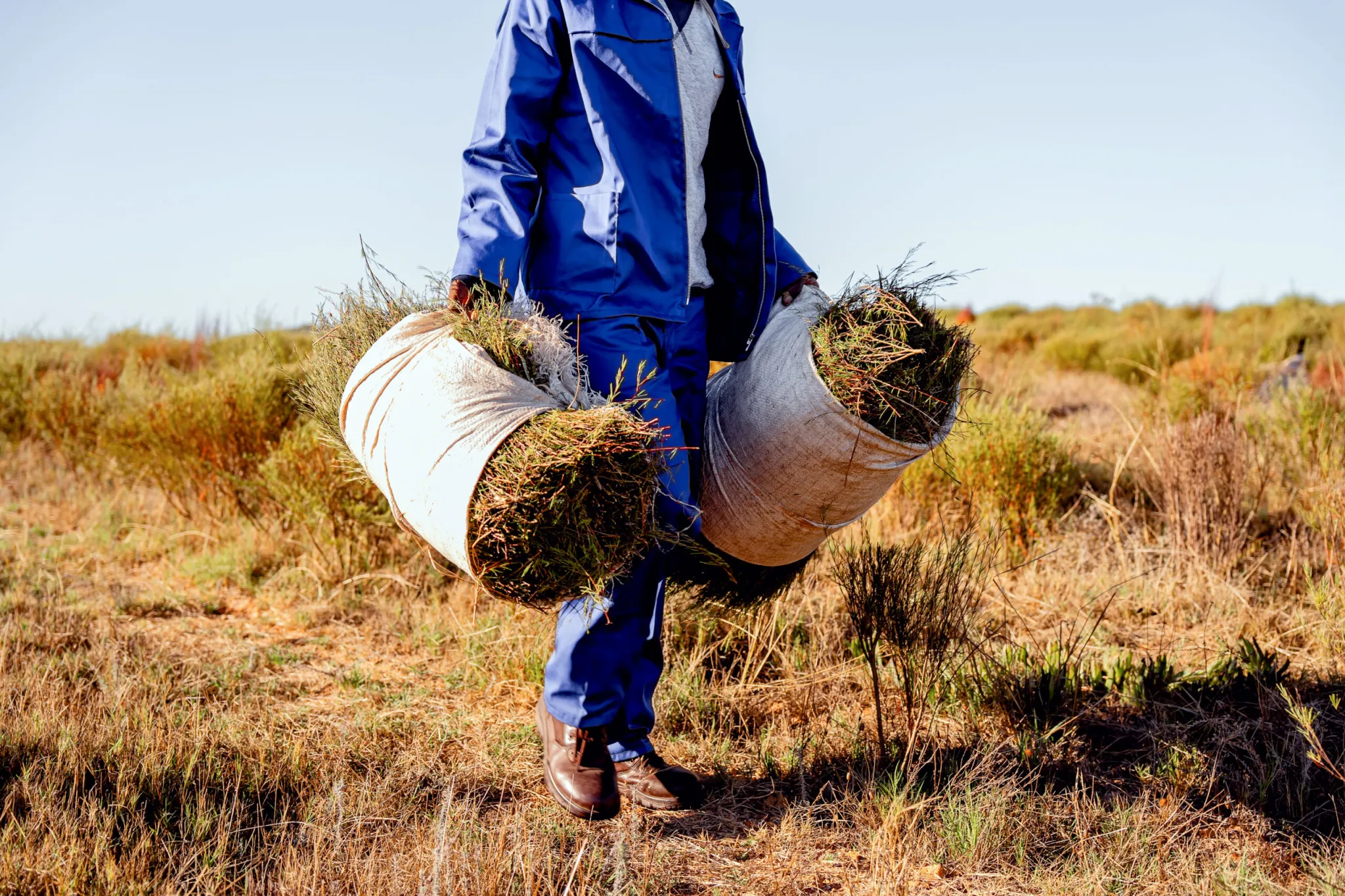Retail spending in South Africa remains the main force sustaining the economy, even as growth shows signs of slowing. In August 2025, retail sales grew by 2.3% year on year, a sharp drop from July’s 5.7%, and fell 1.2% month on month, indicating weakening momentum. Despite this, economists such as Dr. Elna Moolman from Standard Bank notes that the average growth points to a relatively stable consumer trend.
The inversion problem
However, the rise in consumption masks deeper structural issues. Household final consumption expenditure (HFCE) now accounts for about two-thirds of GDP. This while manufacturing’s share has dropped from nearly 25% in 1981 to just 12.8% in 2024. The industrial sector overall contributes only 24% to GDP, and manufacturing employment has fallen to 12% of formal jobs. This reflects a shift from a production-based economy to one dependent on imports and consumption, further straining South Africa’s current account deficit.
Retail data shows mixed performance across categories: hardware sales grew 8.1%, jewellery and e-commerce rose 7.9.Yet food and beverage retailers continued to decline, contracting 3.7% for the fourth consecutive month. Consumers are spending more due to lower inflation, interest rate cuts, and rising real wages. Though much of this spending is financed through high-interest loans and buy now, pay later schemes.
In contrast to this fragile consumption model, some sectors are finding new ways to create sustainable value through Geographical Indications (GI), legal designations linking products to their origin, similar to Champagne in France. South Africa’s rooibos tea was the first African product to earn Protected Designation of Origin (PDO) status from the European Commission in 2021. This has helped to boost global recognition and protect its authenticity. The rooibos industry now employs around 8,000 people and generates over R500 million annually. Exports close to R1 billion in products each year. Still, 95% of exports are in bulk form, meaning most profits are captured abroad.
Rooibos producers have also pioneered benefit-sharing agreements with the Khoi and San communities, recognizing their traditional knowledge and returning 1.5% of farm-gate revenues to them. Worker-owned cooperatives, like those at Bergendal Rooibos, ensure local communities share in the industry’s success.
Spreading the wealth
Following this model, Karoo Lamb became South Africa’s first GI-protected meat product in October 2023, capitalizing on its unique terroir and distinct flavor. Consumers are willing to pay premium prices for certified lamb, and the initiative supports local economies. About 1.2 million lambs are slaughtered annually under the Karoo label.
These examples demonstrate that production-focused, place-based industries offer a sustainable alternative to South Africa’s consumption-driven growth. By building on local authenticity and value-added exports, products like rooibos and Karoo lamb show that the country can still produce globally competitive goods rooted in its geography and heritage. The future of South Africa’s economy, the article suggests, lies not in buying, but in making.
Reference
Schutters, L. (2025, October 20). Local products can rescue SA’s GDP from the offshore consumption trap. Daily Maverick. https://www.dailymaverick.co.za/article/2025-10-20-local-products-can-rescue-sas-gdp-from-the-offshore-consumption-trap/?dm_source=dm_block_grid&dm_medium=card_link&dm_campaign=business-maverick
